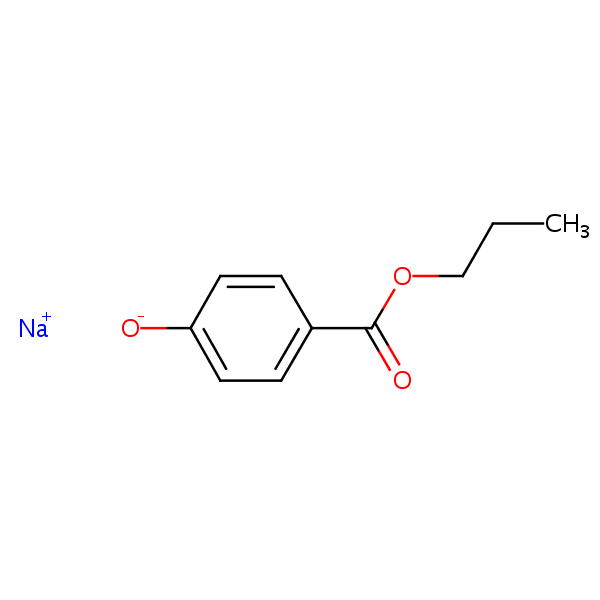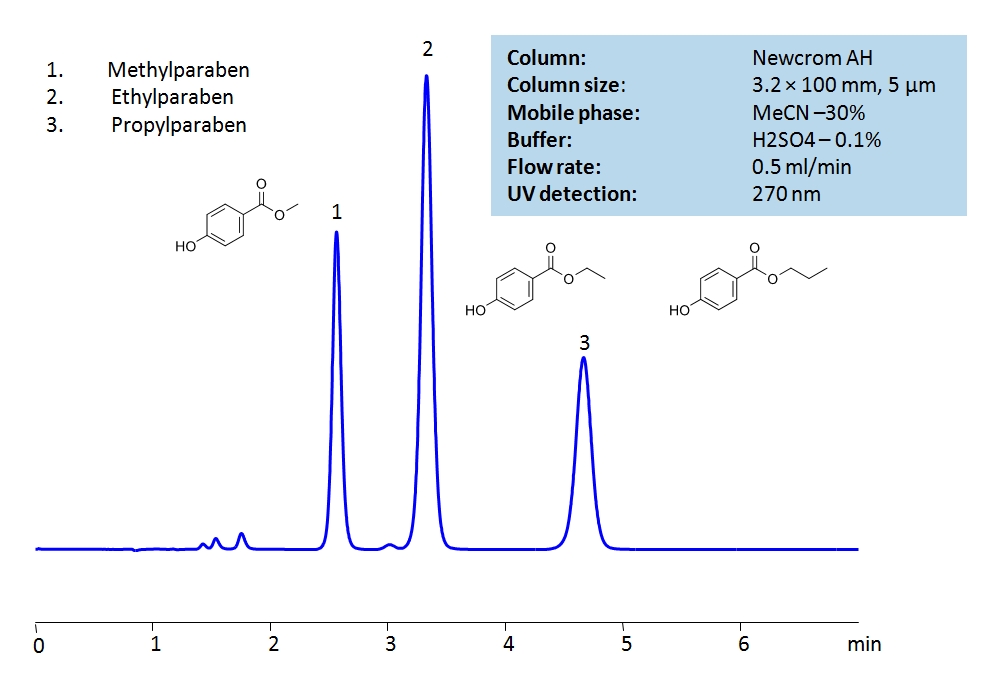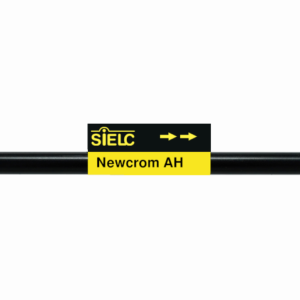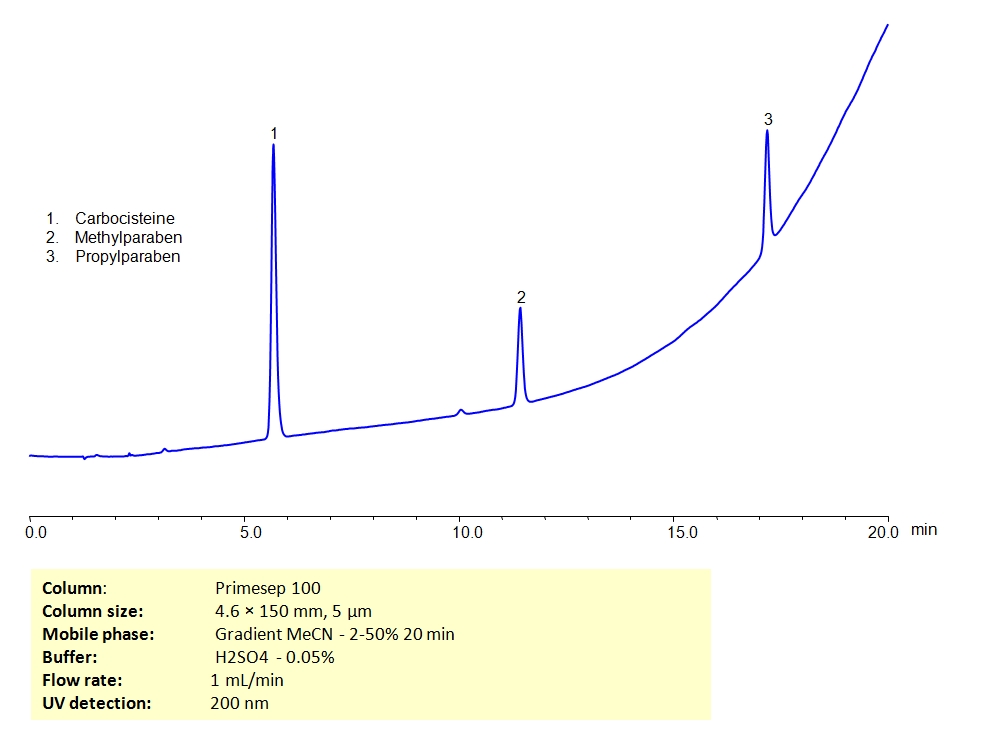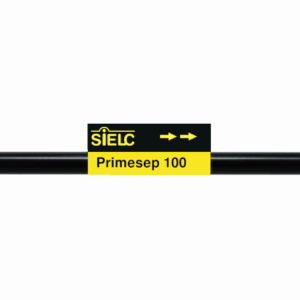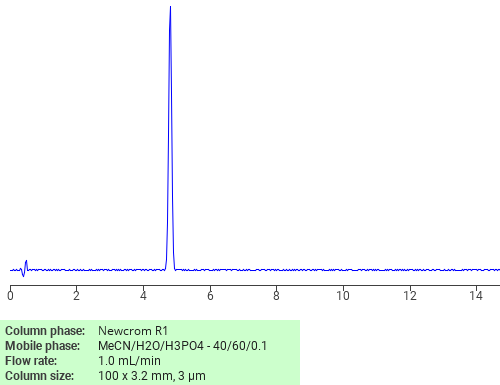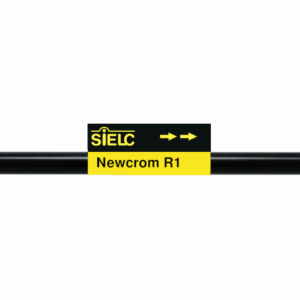| CAS Number | 35285-69-9 |
|---|---|
| Molecular Formula | C10H11NaO3 |
| Molecular Weight | 202.185 |
| InChI Key | IXMINYBUNCWGER-UHFFFAOYSA-M |
| LogP | 2.17 |
| Synonyms |
|
Applications:
HPLC Analysis of Paraben Preservatives on Newcrom AH Column
October 29, 2020
HPLC Method for Ethylparaben, Methylparaben sodium, Propylparaben sodium, Methylparaben, Parabens, Propylparaben on Newcrom AH by SIELC Technologies
High Performance Liquid Chromatography (HPLC) Method for Analysis of Ethylparaben, Methylparaben sodium, Propylparaben sodium, Methylparaben, Parabens, Propylparaben.
Methylparaben, also known as Methyl 4-hydroxybenzoate, is a paraben with the chemical formula C8H8O3. It is used as a preservative in food, cosmetics, and pharmaceuticals as it is said to have antimicrobial and antifungal properties. It is considered safe for use in low concentrations, but it may cause irritation or contact dermatitis in rare cases and for those who are allergic.
Ethylparaben is an ethyl ester of p-hydroxybenzoic acid with the chemical formula C9H10O3. It is used as a preservative in food, cosmetics, and pharmaceuticals due to it’s antimicrobial and antifungal properties. There are ongoing debates in regards to it’s safety as it relates to human consumption,
Propylparaben is a n-propyl ester with the chemical formula C10H12O3. It is used as a preservative in food, cosmetics, and personal care products due to it’s antimicrobial properties. Studies show that it absorbs through the skin and remains in the body, leading to the European Union banning it. California had banned it for use in food, but not in other uses.
You can find detailed UV spectra of Methylparaben and information about its various lambda maxima by visiting the following link.
You can find detailed UV spectra of Ethylparaben and information about its various lambda maxima by visiting the following link.
You can find detailed UV spectra of Propylparaben and information about its various lambda maxima by visiting the following link.
Ethylparaben, Methylparaben sodium, Propylparaben sodium, Methylparaben, Parabens, Propylparaben can be retained and analyzed using the Newcrom AH stationary phase column. The analysis utilizes an isocratic method with a simple mobile phase consisting of water and acetonitrile (MeCN) with a sulfuric acid buffer. Detection is performed using UV.
| Column | Newcrom AH, 3.2 x 100 mm, 5 µm, 100 A, dual ended |
| Mobile Phase | MeCN/H2O – 30/70% |
| Buffer | H2SO4 – 0.1% |
| Flow Rate | 0.5 ml/min |
| Detection | UV, 270 nm |
| Class of Compounds |
Preservatives, Hydrophobic |
| Analyzing Compounds | Ethylparaben, Methylparaben sodium, Propylparaben sodium, Methylparaben, Parabens, Propylparaben |
Application Column
Newcrom AH
Column Diameter: 3.2 mm
Column Length: 100 mm
Particle Size: 5 µm
Pore Size: 100 A
Column options: dual ended
Methylparaben
Methylparaben sodium
Parabens
Propylparaben
Propylparaben sodium

HPLC Separation of Mixture of Carbocisteine, Methylparaben & Propylparaben on Primesep 100 Column
July 31, 2019
HPLC Method for Carbocisteine, Methylparaben sodium, Propylparaben sodium, Propylparaben, Methylparaben on Primesep 100 by SIELC Technologies
High Performance Liquid Chromatography (HPLC) Method for Analysis of Carbocisteine, Methylparaben sodium, Propylparaben sodium, Propylparaben, Methylparaben.
Carbocysteine is a medication that reduces the viscosity of mucus making it easier to cough up. Methylparaben and propylparaben are used as preservatives in cosmetics, pharmaceuticals and food. They can be separated in HPLC on a Primesep 100 mixed-mode column by both hydrophobic and ionic properties present on the stationary phase. The analytical method uses acetonitrile (ACN) gradient and water with sulfuric acid (H2SO4) as buffer and UV detected at 200nm.
| Column | Primesep 100 |
| Mobile Phase | Gradient MeCN – 2-50%, 20 min |
| Buffer | H2SO4 – 0.05 % |
| Flow Rate | 1.0 ml/min |
| Detection | UV, 200 nm |
| Class of Compounds |
Drug, Acid, Hydrophilic, Ionizable, Carboxylic acid, Carbocyclic, Benzoate, Hydroxy Acid, Amino Acid, Hydroxybenzoate, Phenol |
| Analyzing Compounds | Carbocisteine, Methylparaben sodium, Propylparaben sodium, Propylparaben, Methylparaben |
Application Column
Primesep 100
Column Diameter: 4.6 mm
Column Length: 150 mm
Particle Size: 5 µm
Pore Size: 100 A
Column options: dual ended
Methylparaben
Methylparaben sodium
Propylparaben
Propylparaben sodium

Separation of Propylparaben sodium on Newcrom R1 HPLC column
February 16, 2018
Propylparaben sodium can be analyzed by this reverse phase (RP) HPLC method with simple conditions. The mobile phase contains an acetonitrile (MeCN), water, and phosphoric acid. For Mass-Spec (MS) compatible applications the phosphoric acid needs to be replaced with formic acid. Smaller 3 µm particles columns available for fast UPLC applications. This liquid chromatography method is scalable and can be used for isolation impurities in preparative separation. It also suitable for pharmacokinetics.
Application Column
Newcrom R1
The Newcrom columns are a family of reverse-phase-based columns. Newcrom A, AH, B, and BH are all mixed-mode columns with either positive or negative ion-pairing groups attached to either short (25 Å) or long (100 Å) ligand chains. Newcrom R1 is a special reverse-phase column with low silanol activity.
Select options